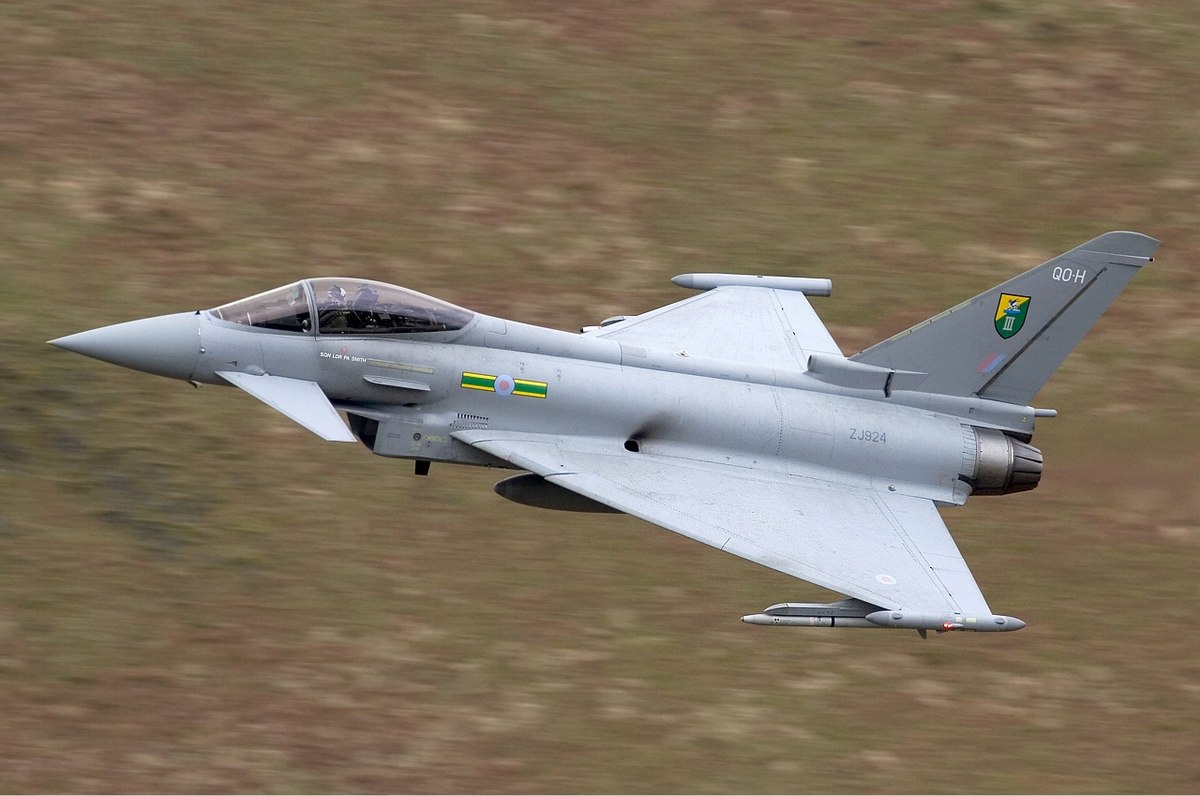As the Rafale jets of the Golden Arrow Squadron prepare to be formally inducted into the Indian Air Force (IAF), EurAsian Times takes a look back when the French jets ‘shot down’ Eurofighters to win the lucrative contract with the Indian Air Force.
Israel Concerned By Russian Aggression in the Lucrative Indian Defence Market?
Dassault Aviation first won a contract to supply the IAF with Rafale jets in a deal worth $10bn in 2012. Initially, the deal included Dassault Aviation supplying 126 Rafale jets to the IAF.
This deal was a major setback for German and Spanish branches of European aerospace giant EADS, Britain’s BAE Systems and Italy’s Finmeccanica, companies that produce the Eurofighter Typhoon jet. According to reports, India picked the French jets because of lower costs.
US To Equip Three Asian Countries With Stealth F-35 Jets Against China
However, this was not the last time India would reject the Eurofighter Typhoons for Rafales. In 2014, the Indian National Congress was voted out of power and the Narendra Modi-led Bharatiya Janata Party came into power. Thus, negotiations began once again to secure fighter jets for the IAF.
Fast-forward to 2016 and once again India favored the French Rafale jets over the Eurofighter Typhoons. Even though the Eurofighter Typhoons were €59 million (Rs 453 cr) per unit cheaper than the Rafales, India still inked a deal to purchase 36 Rafales.
The Eurofighter Typhoon had been offered at a total cost of €17.5 billion for 126 fighters, or €138 million per plane. The Rafale deal cost India €7.1 billion for 36 jets, which translates to €197 million per jet.
Even if the €353 million performance-based logistics cost – the money to maintain and fly the fighters for five years – is deducted, the Rafale jets would cost India €187 million per fighter.

Why then, did India opt oft for the expensive Rafales when nearly 8 years ago it rejected the Eurofighter Typhoons for exorbitant costs? According to Nitin J Ticku, an expert on Indian aviation, one of the primary reasons India picked the Rafale jets was that France had no issues with New Delhi modifying the Rafael fighter jet to carry a nuclear payload.
On the other hand, to get approval for equipping the Eurofighter Typhoon with nuclear payload would require clearance from 4 different countries, an action that could prove to be time-consuming during the time of war.
Secondly, India picked Rafale jets since the IAF has a history of operating fighters from France. The Mirage 2000, also developed and produced by Dassault Aviation was instrumental during the Kargil War in 1999 as well as the 2019 Balakot airstrikes.
In terms of operational experience, Rafales have an edge over the Eurofighter typhoons. According to aviation experts, strong experience in operational combat and prooven capabilities could also be one of the reasons India opted for the Rafales.
Rafales have operated with success in Afghanistan, Syria, Iraq, Mali and Libya. The Eurofighter Typhoon, on the other hand, has limited experience in Syria, Iraq and Libya.
Currently, the five Rafale jets which arrived in India last month are undergoing day and night sorties in different terrains, including the Himalayas. Once they become fully operational, the Rafales will be formally inducted into the IAF later this month and take on arch-foes – China.